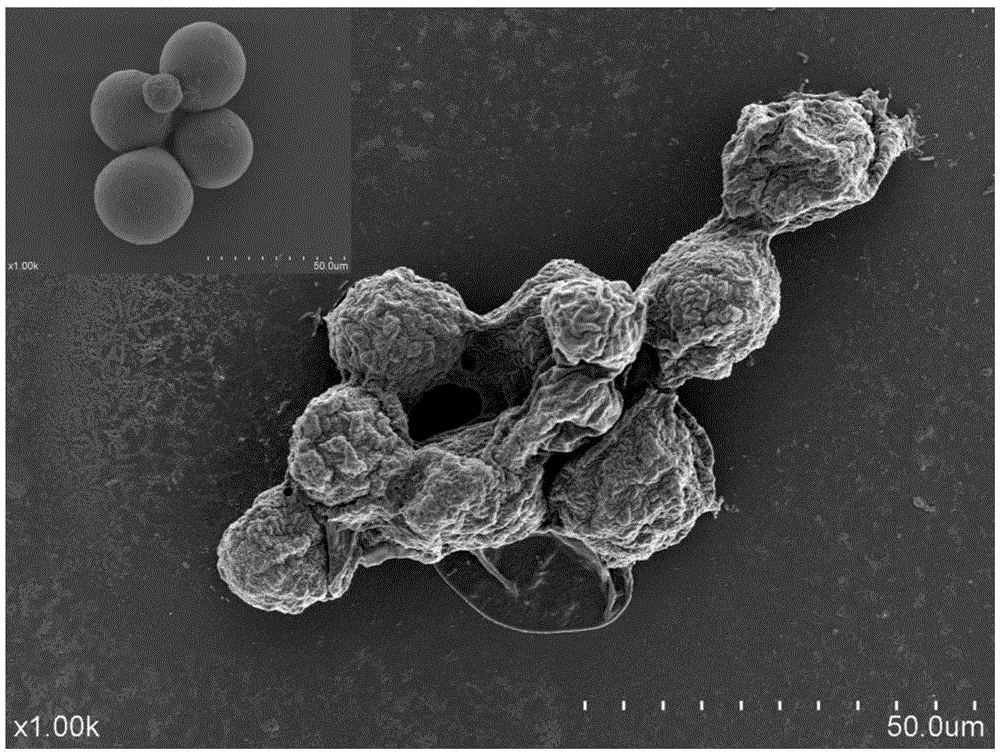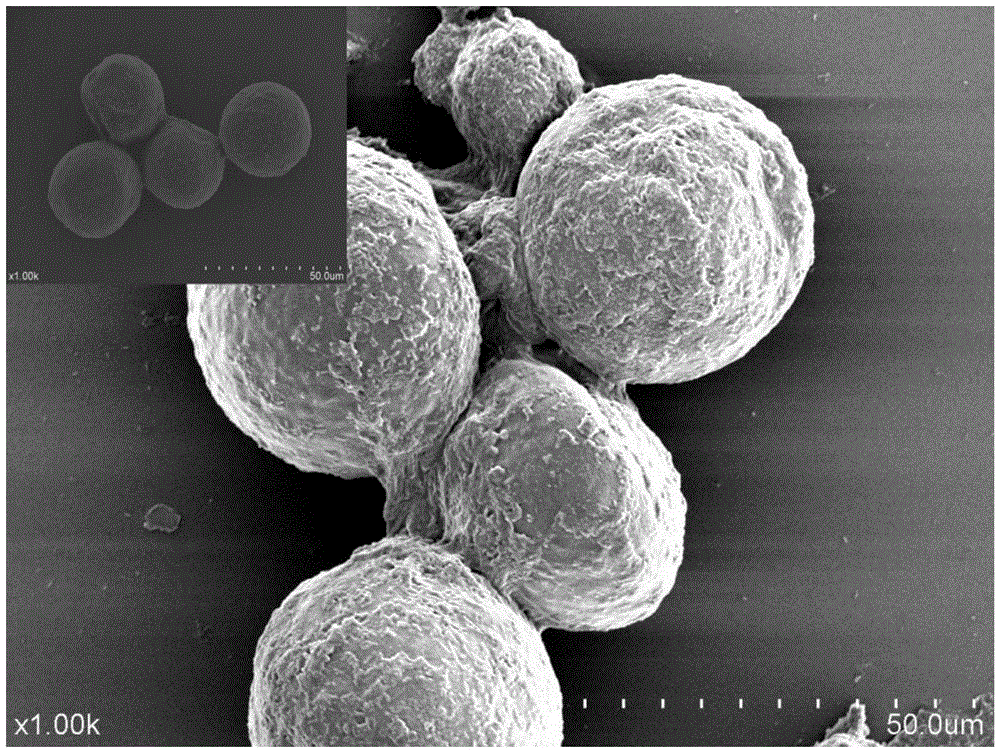Method for achieving high yield of astaxanthin through haematococcus pluvialis
A technology of Haematococcus pluvialis and astaxanthin is applied in the field of high production of astaxanthin by Haematococcus pluvialis, can solve the problems of high cost of astaxanthin, cumbersome, limited to laboratory research, etc., and achieves stable physiological and biochemical properties , the effect of increasing content and yield, and stabilizing genetic performance
- Summary
- Abstract
- Description
- Claims
- Application Information
AI Technical Summary
Problems solved by technology
Method used
Image
Examples
Embodiment Construction
[0030] The method of the present invention is described below through specific embodiments. Unless otherwise specified, the technical means used in the present invention are methods known to those skilled in the art. In addition, the embodiments should be considered as illustrative rather than limiting the scope of the invention, the spirit and scope of which is defined only by the claims. For those skilled in the art, on the premise of not departing from the spirit and scope of the present invention, various changes or modifications to the material components and dosage in these embodiments also belong to the protection scope of the present invention.
[0031] The algae strain used in this application is Haematococcus pluvialis HB712, which is disclosed in "Discussion on Haematococcus pluvialls cultivation and astaxanthin accumulation conditions, Chen Xingcai et al., Chinese Journal of Food Science, Volume 6, No. 4, August 2006 "
[0032] A method for high-yielding astaxant...
PUM
 Login to View More
Login to View More Abstract
Description
Claims
Application Information
 Login to View More
Login to View More - R&D
- Intellectual Property
- Life Sciences
- Materials
- Tech Scout
- Unparalleled Data Quality
- Higher Quality Content
- 60% Fewer Hallucinations
Browse by: Latest US Patents, China's latest patents, Technical Efficacy Thesaurus, Application Domain, Technology Topic, Popular Technical Reports.
© 2025 PatSnap. All rights reserved.Legal|Privacy policy|Modern Slavery Act Transparency Statement|Sitemap|About US| Contact US: help@patsnap.com


